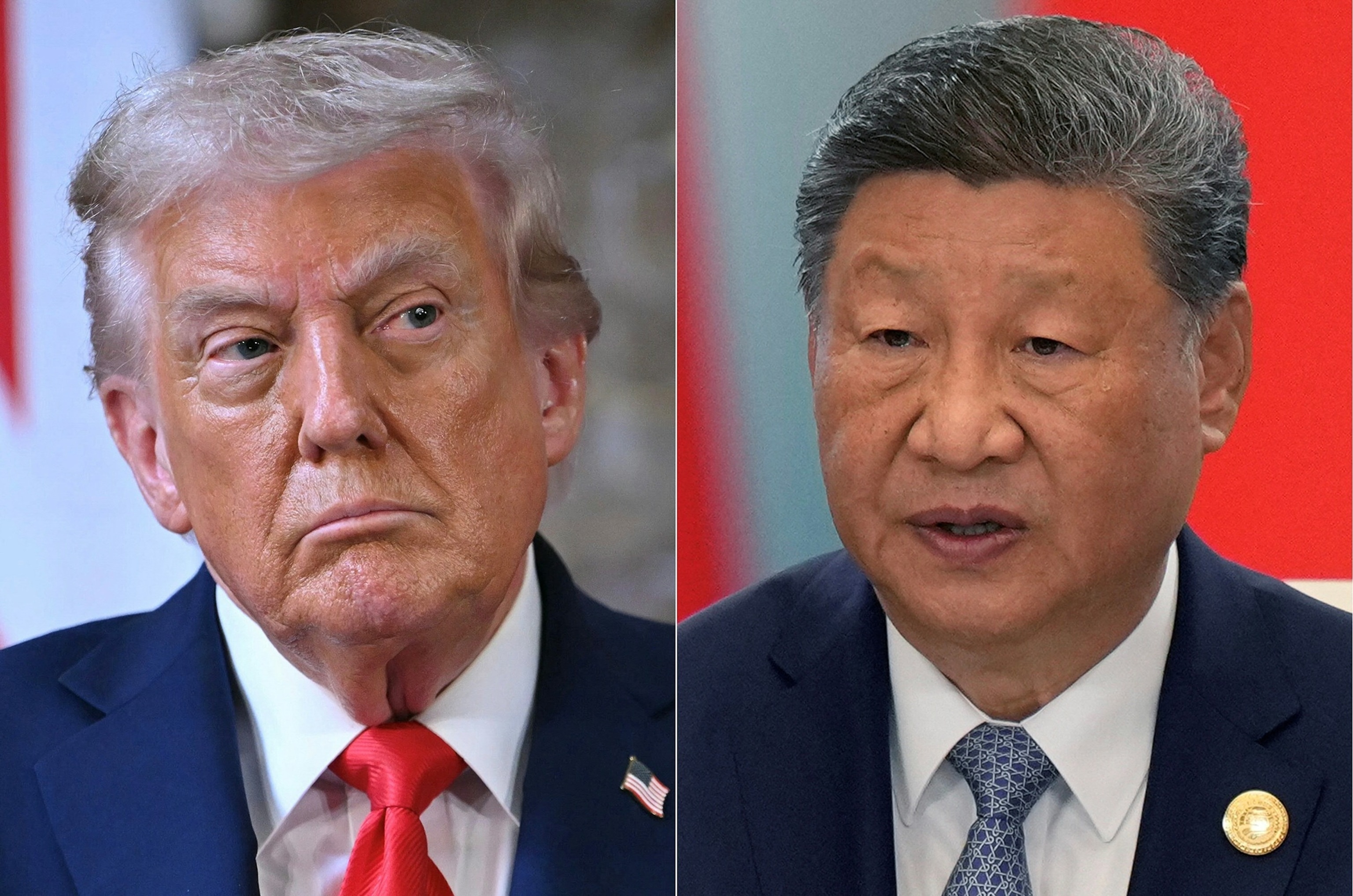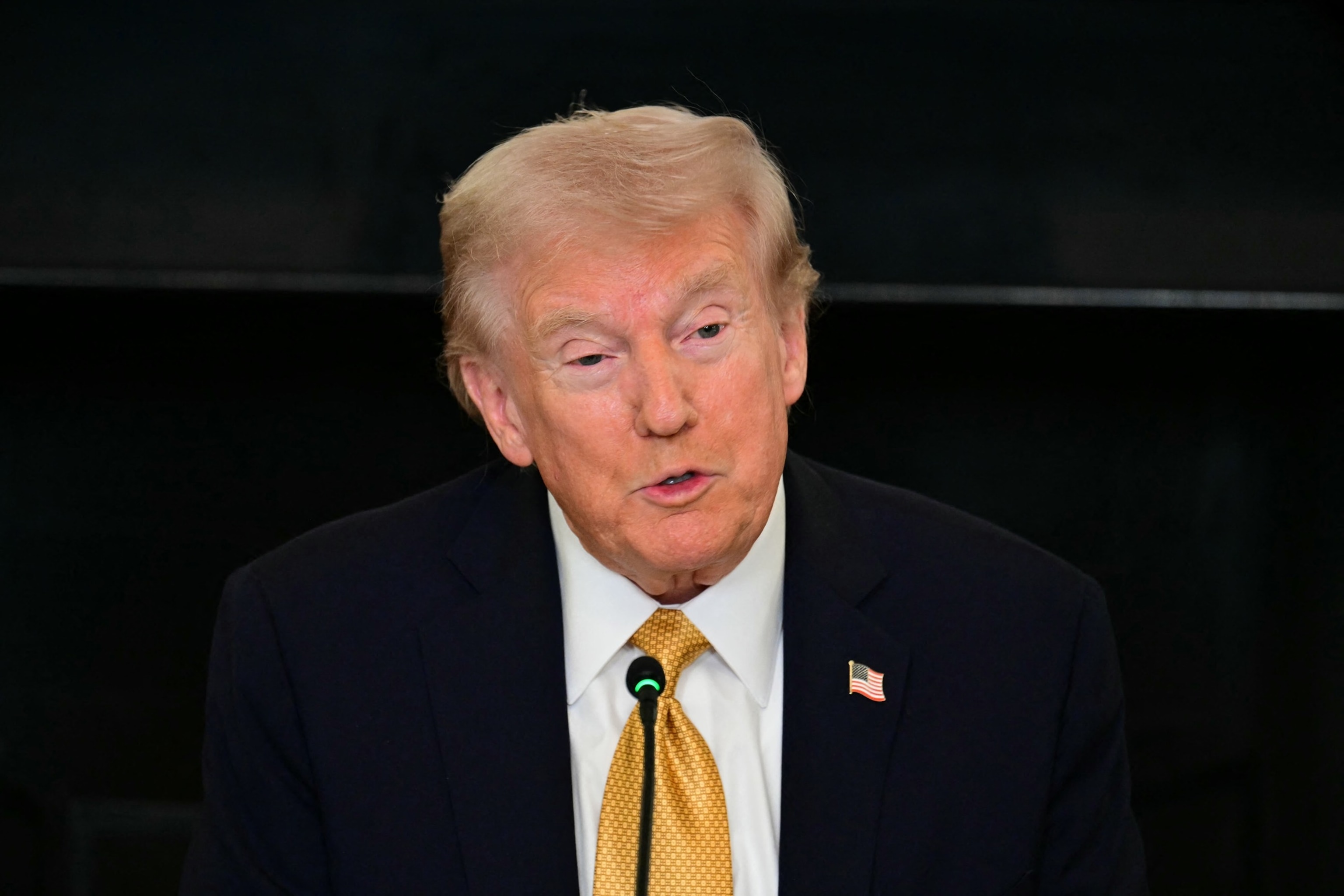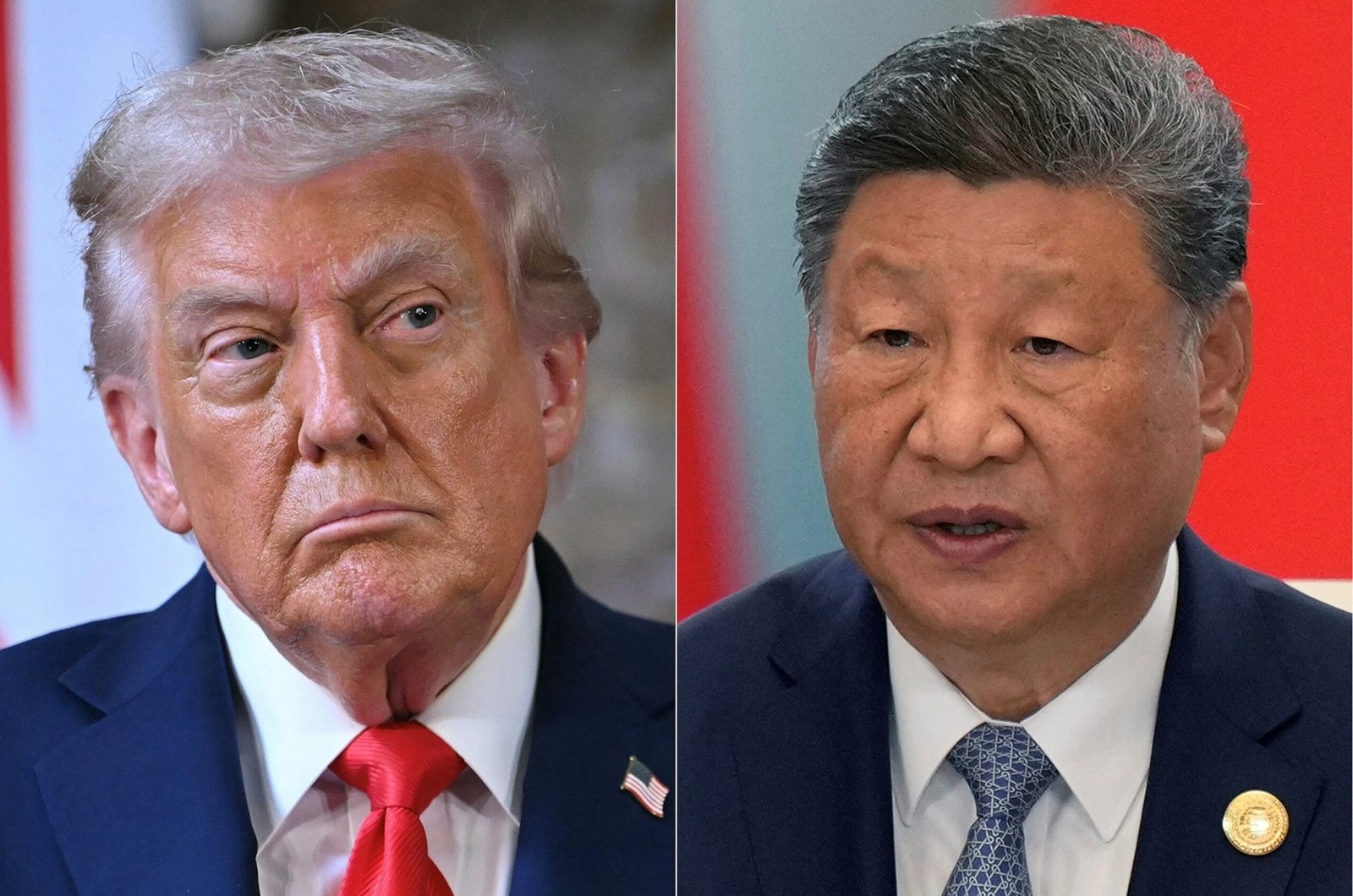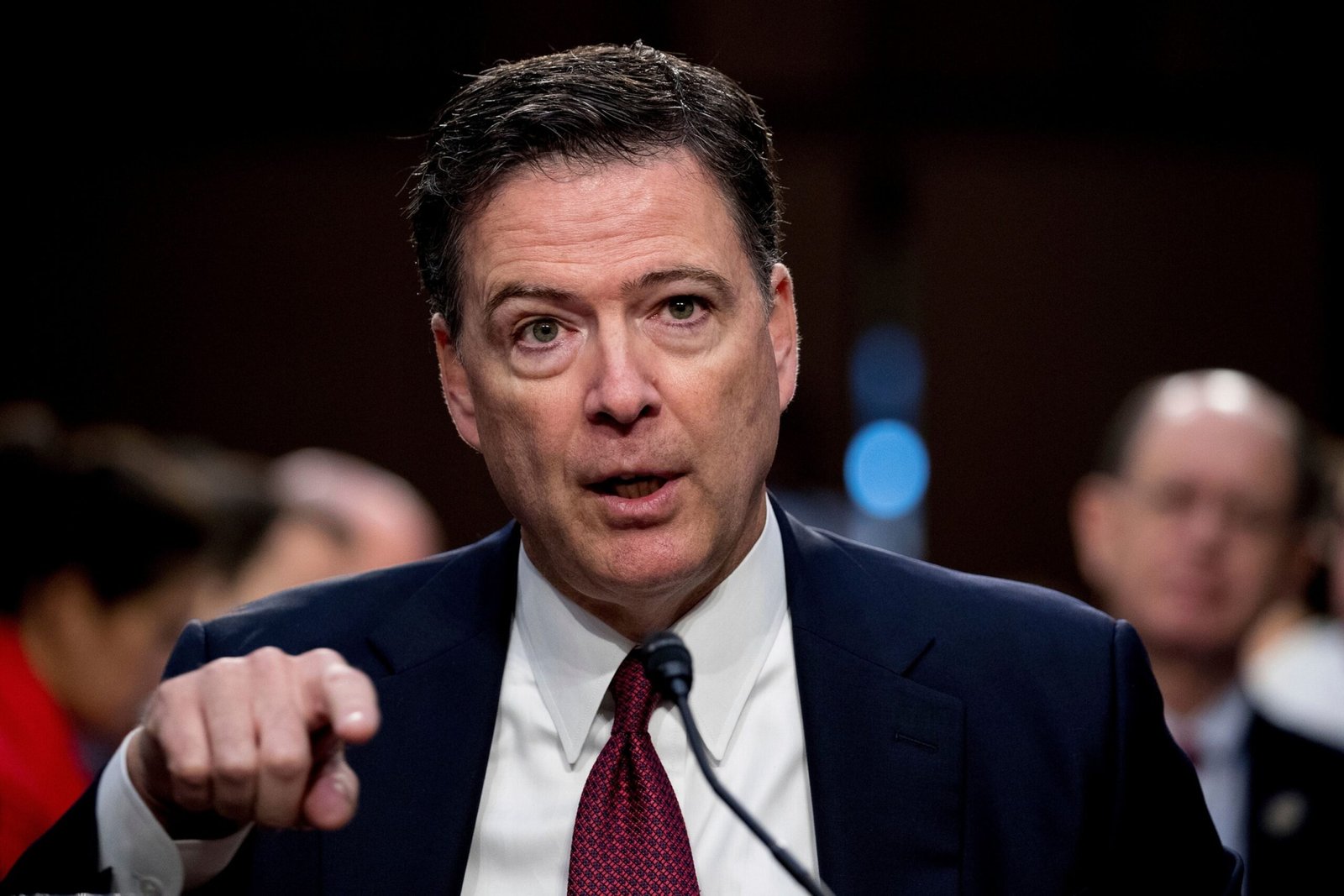President Donald Trump heads to Asia on Friday for a week of meetings with key leaders in three countries, with the main goal of securing a trade deal with China’s President Xi Jinping in hopes of ending a months-long trade war.

President Donald Trump on September 18, 2025 and Chinese President Xi Jinping on September 1, 2025.
AFP/POOL/AFP via Getty Images
Secure a trade agreement with China
Trump is expected to meet with his Chinese counterpart in South Korea on Thursday, the last day of his trip abroad.
Relations between the United States and China experienced some easing this summer when tariffs were reduced while trade talks continued, but tensions flared recently when China announced stricter export controls weeks before the leaders met.
Trump’s top economic advisers have called such export controls “economic coercion” and “extortion.”

President Donald Trump speaks during a roundtable discussion on criminal cartels in the State Dining Room of the White House, Oct. 23, 2025, in Washington.
Jim Watson/AFP via Getty Images
He responded by threatening an additional 100% tariff on Chinese imports, set to take effect on November 1, if his talks with Xi fail.
But at the same time he sounded optimistic, saying he hopes “we can reach a good agreement” with Xi when the two sit down together. He has said they are also expected to discuss China’s purchase of American soybeans and even nuclear issues.
Other world leaders
Beyond meeting Xi, Trump is expected to sit down with several other Asian leaders at the Association of Southeast Asian Nations (ASEAN) and have a bilateral meeting with Malaysian Prime Minister Anwar bin Ibrahim while in Kuala Lumpur during the initial leg of his trip.

Japan’s new Prime Minister Sanae Takaichi speaks during a news conference at the Prime Minister’s Office in Tokyo on October 21, 2025.
Eugene Hoshiko/AP, Swimming Pool
Trump will then travel to Japan, where he is expected to meet with the new Japanese Prime Minister, Sanae Takaichi. Takaichi, politically conservative, is the country’s first female leader. While the United States and Japan have already signed a trade agreement, the two will highlight that aspect of the US-Japan relationship.
Trump is also expected to visit South Korea for the Asia-Pacific Economic Cooperation (APEC) Summit on Wednesday. While there, Trump will hold a bilateral meeting with the President of the Republic of Korea, deliver a keynote address at the APEC CEO Luncheon, and participate in the APEC Working Dinner.
The visit comes after heightened tensions between South Korea and the United States after more than 400 South Korean workers were arrested, detained and deported at a Hyundai plant in Georgia as part of Trump’s immigration crackdown.
It came after Hyundai invested billions in the factory to align with Trump’s vision of manufacturing in the United States and avoid the brunt of Trump’s tariff policies.
The episode raised uncertainty about companies’ ability to bring workers to the United States to build and operate manufacturing plants without similar incidents. Trump’s visit could be an opportunity to calm unrest among those companies while continuing to court investment in the US.
His visit also comes just days after he imposed more sanctions on Russian oil companies and continued to call on his allies to withdraw purchases of Russian crude.
On Thursday, White House press secretary Karoline Leavitt said those sanctions are already having an impact on China and India, which are “reducing” their contracts.
Although Trump is no stranger to APEC and ASEAN summits, having attended many during his first term, this will be his first major visit to Asian leaders during his second term, as they try to navigate their often unpredictable shifts in trade and foreign policy.





